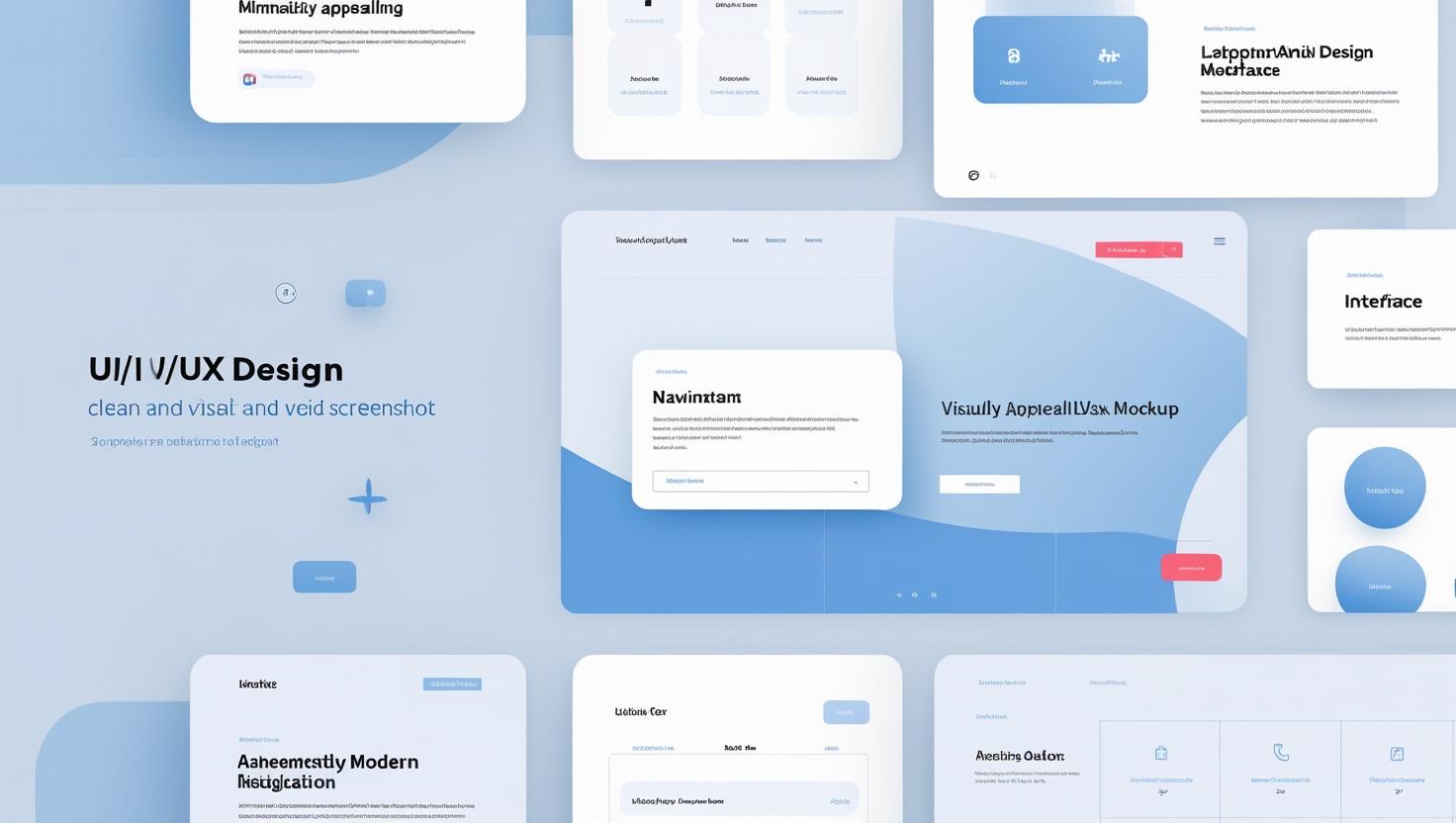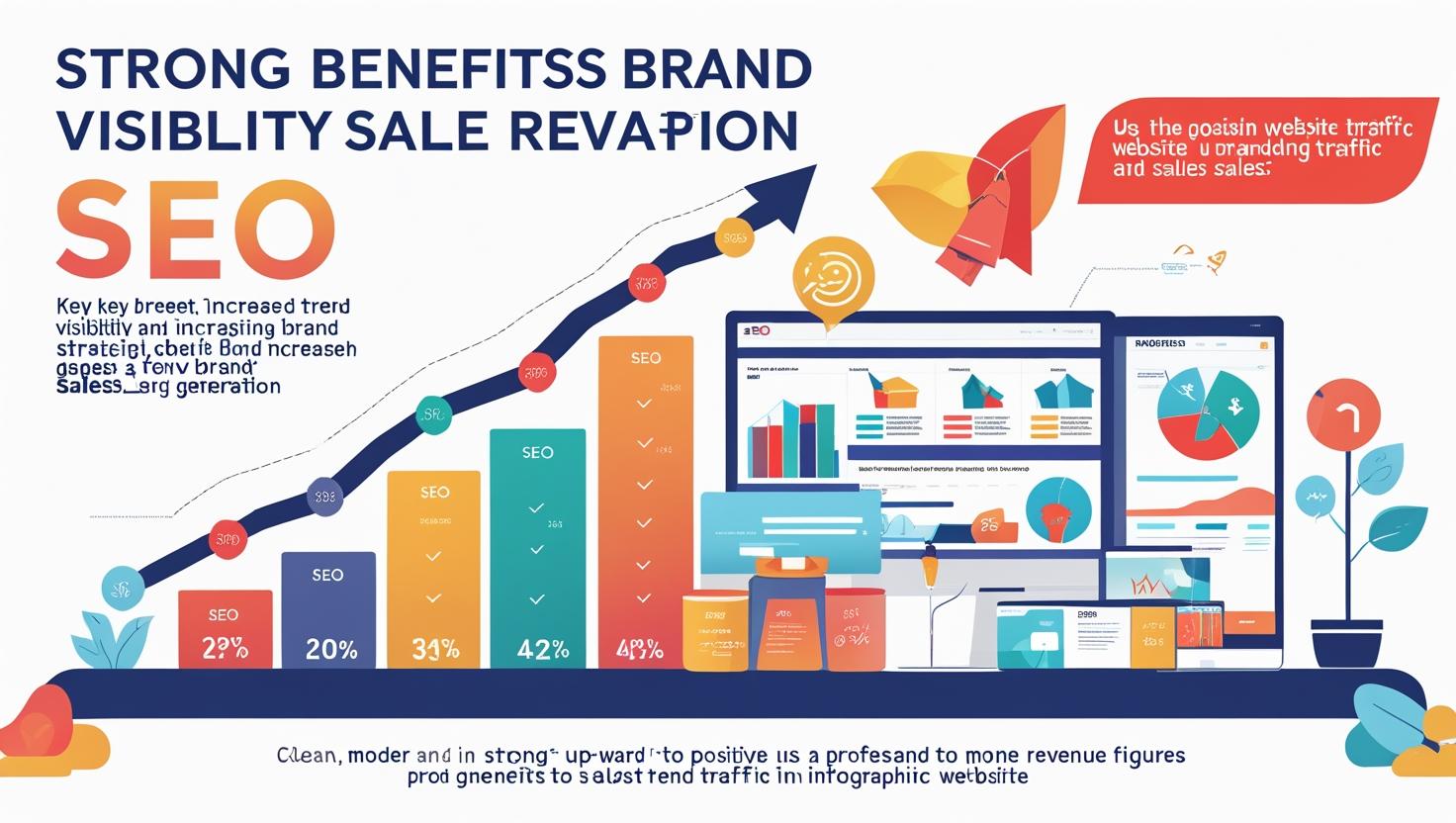
In today’s fast-paced digital world, every second counts. Your website speed is not just a technical factor—it’s a key driver of SEO rankings, user experience, and ultimately sales conversions. If your website takes too long to load, you’re not only losing visitors but also losing potential customers.
Let’s dive into why website speed is crucial for both SEO and sales growth, and how you can improve it.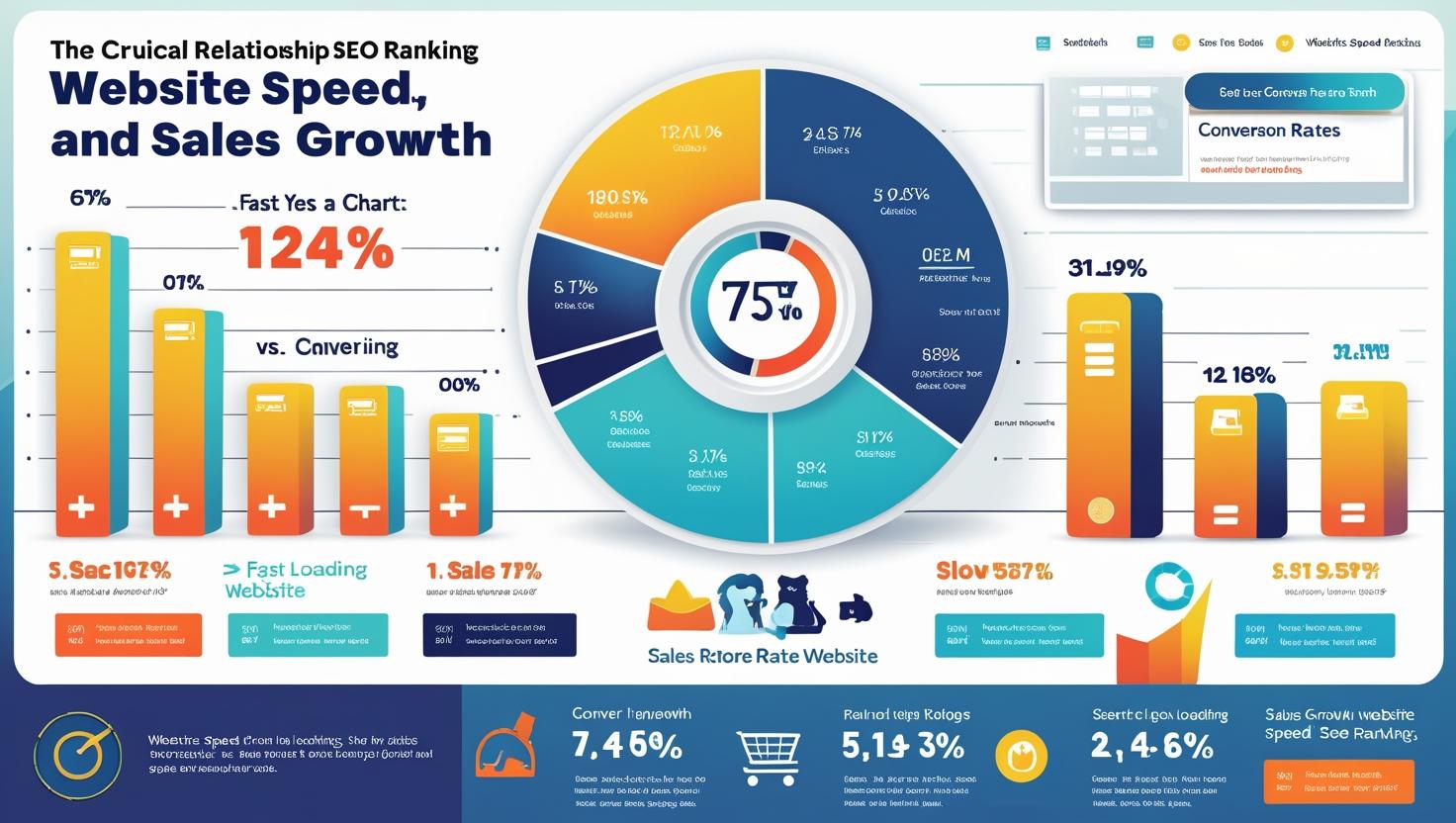
First Impressions & Customer Retention
A visitor’s initial impression of your website is formed in a matter of seconds.. Studies show that 47% of users expect a site to load in 2 seconds or less, and 40% leave if it takes more than three seconds.
A fast-loading website instantly builds trust, keeps users engaged, and encourages them to explore your content further. A slow site, on the other hand, sends the wrong message—making your business appear outdated or unreliable.
The SEO Ranking Factor
Page speed is a ranking factor, according to Google’s official confirmation. Since 2010, it has been important for desktop searches, and since 2018, it has been a crucial part of mobile-first indexing.
Key reasons why speed matters for SEO: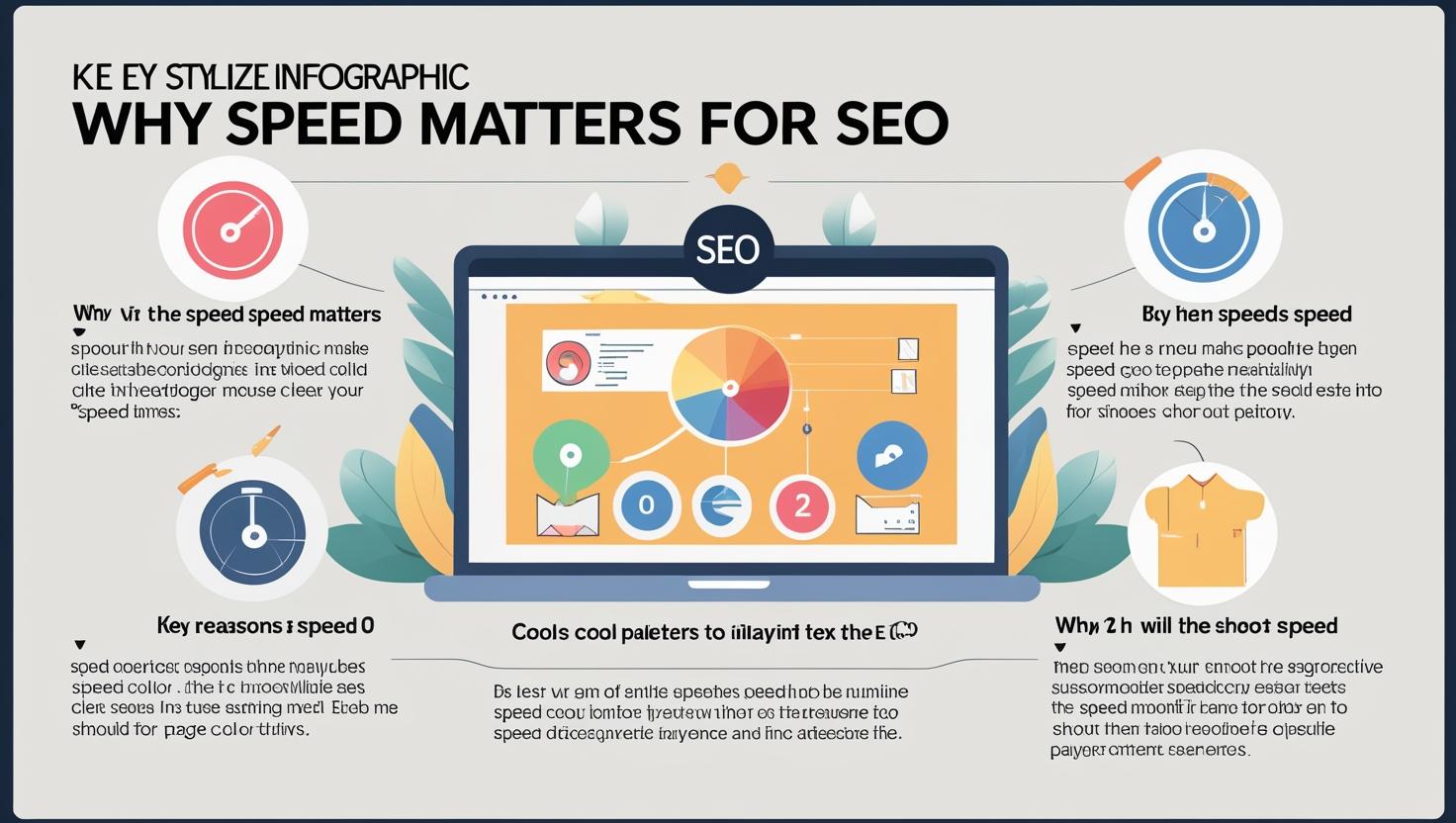
Google prioritizes websites that offer a better user experience.
A slow site increases bounce rates, which hurts rankings.
Core Web Vitals (Largest Contentful Paint, Time to Interactive, Cumulative Layout Shift) measure how fast and stable your page loads. A poor score here directly impacts SEO.
If your competitors’ websites load faster, they are more likely to outrank you—regardless of how good your content is.
Bounce Rate & User Engagement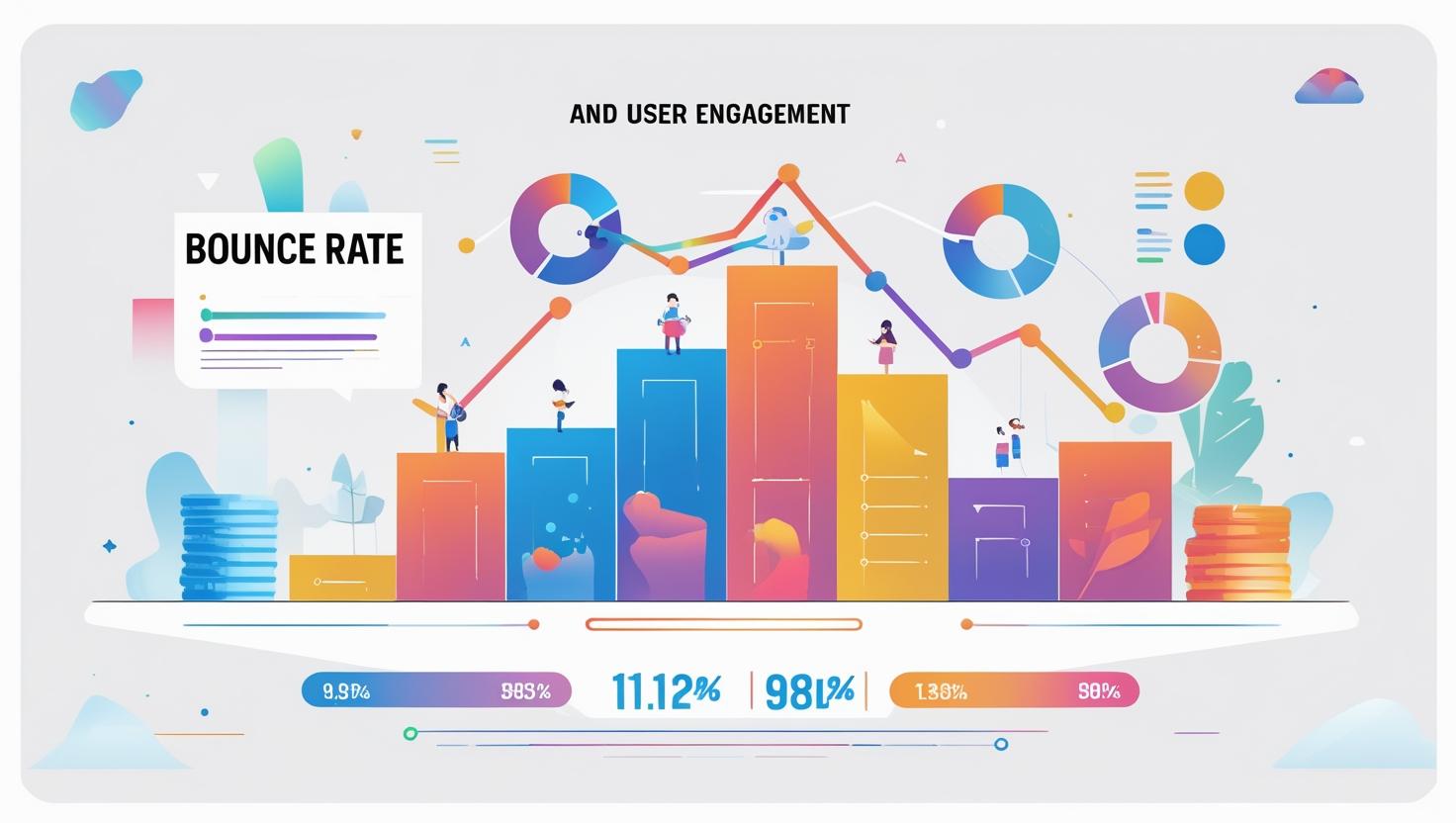
The number of visitors who depart after only viewing one page is known as the bounce rate.
A slow website significantly increases bounce rate.
For example:
A page that takes more than three seconds to load will be abandoned by more than half of mobile users.
High bounce rates send a signal to search engines that your site isn’t delivering value—lowering your SEO rankings.
On the flip side, a fast site encourages visitors to browse more pages, increasing engagement and time spent on your site—two factors that positively impact SEO.
Direct Impact on Sales & Conversions
Website speed directly influences your conversion rate. Research shows that:
A 1-second delay in page load time can lead to a 7% drop in conversions.
For e-commerce, this could mean losing thousands of dollars in sales every month.
Faster sites also increase trust, making users more comfortable completing purchases or filling out contact forms.
In short—speed sells.
The AI & Future Search Era
As AI-powered search engines and voice search become more common, speed plays an even bigger role. AI crawlers prefer fast-loading sites because they can process and index them more efficiently.
If your site is slow, you risk being deprioritized in AI search results—making it harder for customers to discover your business in the future.
Real-World Insights
Many marketing experts agree:
“Going from 20 to 100 on speed tests makes a huge difference. Going from 80 to 100 might not, but faster load times always mean a better experience.”
For small and medium-sized businesses without huge brand authority, speed is often the competitive advantage that helps them win against bigger players.
Quick Summary Table
Speed Factor Impact on SEO Impact on Sales & Conversions
Fast Loading Higher rankings, better UX Lower bounce rate, more purchases
Slow (>3s) Loading Lower rankings, “Slow” label Users leave before buying
AI-Optimized Speed Better AI crawling & indexing Improved visibility & trust
How to Improve Website Speed
Optimize Images & Media,Compress images without losing quality.
Use lazy loading so images load only when needed.
Choose SVG for icons and graphics instead of heavy formats.
2. Reduce HTTP Requests
Combine and minify CSS & JavaScript files.
Limit unnecessary plugins and scripts.
3.Use Browser Caching & CDN
Enable caching so repeat visitors load your site faster.
To serve content from servers nearer to your visitors, use a content delivery network (CDN).
4.Improve Server Performance
Choose fast, reliable hosting with good uptime.
Reduce Time to First Byte (TTFB) with optimized server settings.
5.Monitor with Speed Testing Tools
Use Google PageSpeed Insights, GTmetrix, or Lighthouse to identify speed issues and fix them regularly.
6.Apply Progressive Enhancement
Load the most important content first.
After that, add scripts and styles for a more seamless experience.
Final Thoughts
Website speed is not just about making your site look good—it’s about creating a fast, smooth, and trustworthy experience for your visitors.
A fast site helps you:
Rank higher in search engines
Keep visitors on your site longer
Increase leads and sales
Build stronger customer trust

